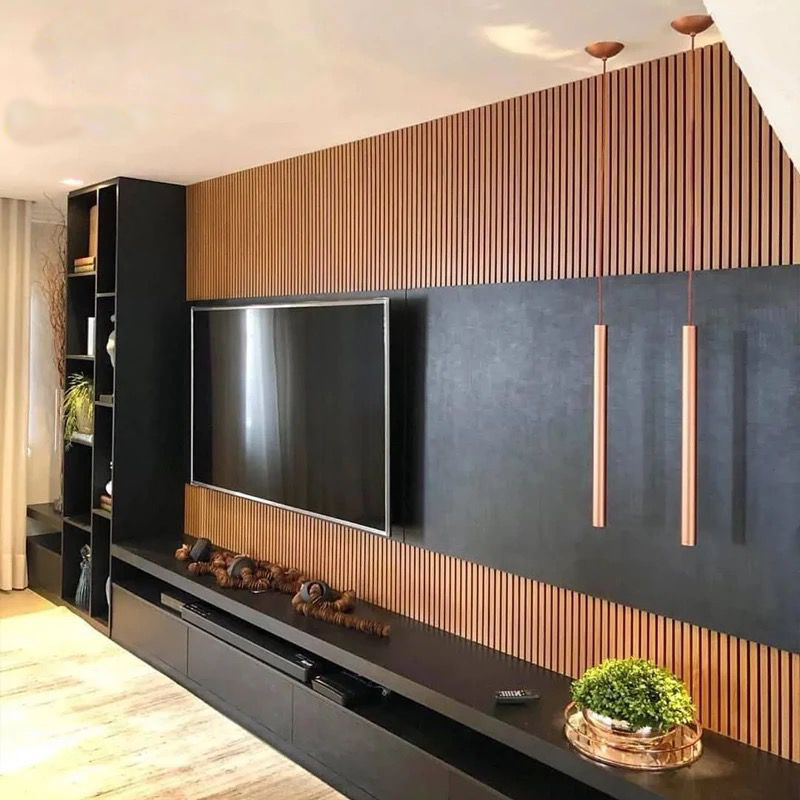Transforming your yard into a relaxing and inviting outdoor retreat is a rewarding project that enhances your home’s appeal and provides a space to unwind, entertain, or simply enjoy the fresh air. Thoughtfully chosen furniture, accessories, and layout can elevate any yard into a beautifully styled oasis. Key pieces like outdoor ottomans and benches are versatile, practical, and essential for achieving this goal.
Start with a Plan
Begin by assessing your outdoor space and defining its purpose. Are you creating a space for dining, lounging, or a combination of both? This clarity will guide your decisions. Consider factors like the size of your yard, the available natural light, and the level of privacy. Choose materials and designs that complement your home’s exterior and withstand outdoor conditions.
Outdoor Benches: Functional Elegance
An outdoor bench is a timeless addition to any yard. Its functionality and aesthetic appeal make it a centerpiece for multiple uses. Place a bench along a garden path or beneath a shady tree to create a serene seating area. A wooden bench with a natural finish blends seamlessly into lush greenery, while a metal or concrete bench can add a modern or industrial touch.
For social spaces, consider a larger bench with cushions for added comfort. These are ideal for seating guests during casual gatherings or family meals. For storage solutions, opt for a bench with built-in compartments where you can stow away cushions, gardening tools, or kids’ outdoor toys.
Outdoor Ottomans: Versatile Comfort
An outdoor ottoman is another must-have for styling your yard. They are not only functional but also bring a sense of luxury and relaxation. Pair ottomans with lounge chairs for a complete setup, or use them as standalone pieces for additional seating.
Choose an ottoman with weather-resistant fabric and a sturdy frame to ensure durability. Some ottomans double as storage units, allowing you to keep throw blankets, magazines, or extra cushions neatly tucked away. For a cohesive look, match the ottoman to your outdoor furniture’s color scheme or design style.
Enhancing the Space with Décor
Once the key furniture pieces are in place, enhance your yard with accessories that bring texture, color, and personality. Rugs, throw pillows, and outdoor curtains add warmth and create a cozy atmosphere. For lighting, string lights or lanterns create a magical ambiance in the evening, while solar-powered lights are both practical and eco-friendly.
Incorporate natural elements, such as potted plants, flower beds, or a small fountain, to tie the space to its surroundings. A fire pit or outdoor heater can extend the usability of your yard during cooler months.
Conclusion
Styling your yard is about blending functionality with aesthetics to create a space that suits your lifestyle. Outdoor benches and ottomans provide the perfect foundation for comfort and versatility, while accessories and thoughtful placement bring your vision to life. With a little creativity and planning, your outdoor space can become a stylish sanctuary you’ll enjoy for years to come. Get the best outdoor furniture from https://summerclassics.com/
